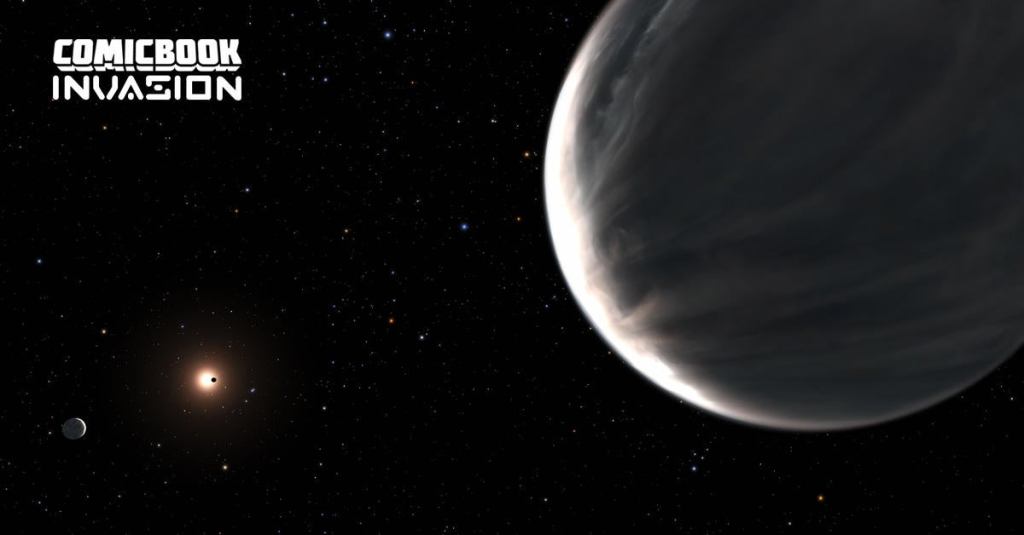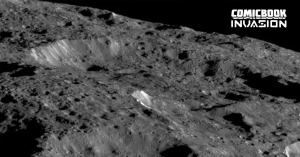When researchers are scouring the stars for any signs of extraterrestrial existence, one of the first ingredients in the recipe to alien life they look for is the presence of water. Now, a team at the University of Montreal says it has discovered two “water worlds,” that may be covered in the life-providing compound. Located 218 light-years from Earth in the Lyra constellation is the Kepler-138 system and, according to the latest study, Kepler-138c and Kepler-138d are the “water worlds” in question.
Videos by ComicBook.com
“We previously thought that planets that were a bit larger than Earth were big balls of metal and rock, like scaled-up versions of Earth, and that’s why we called them super-Earths,” Björn Benneke, study co-author and professor of astrophysics at the University of Montreal, explained in a blog post on the NASA website. “However, we have now shown that these two planets, Kepler-138c and d, are quite different in nature and that a big fraction of their entire volume is likely composed of water. It is the best evidence yet for water worlds, a type of planet that was theorized by astronomers to exist for a long time.”
Water wasn’t directly detected on the planets but rather, Benneke and company compared the size and mass of the planets with pre-existing models available. According to the study, a sizable fraction of the surface of both planets should be made of materials with a density somewhere between rock and hydrogen or helium.
While water is present on the planets, it’s impossible for human-like life to exist. Study lead Caroline Piaulet added the atmosphere of the planet’s include temperatures above the boiling point of water.
“We expect a thick, dense atmosphere made of steam on this planet. Only, under that steam atmosphere there could potentially be liquid water at high pressure, or even water in another phase that occurs at high pressures, called a supercritical fluid,” Piaulet said.
In addition to the pair of water worlds, the Montreal study also discovered a planet in the same system that could be in the star’s “habitable zone.” Further from its star than the system’s other three planets, Kepler-138e, is an oddity in that it doesn’t transit its host star, making it difficult for researchers to gather more data on the new celestial body.
For additional space and cosmic stories, check out our ComicBook Invasion hub here.





